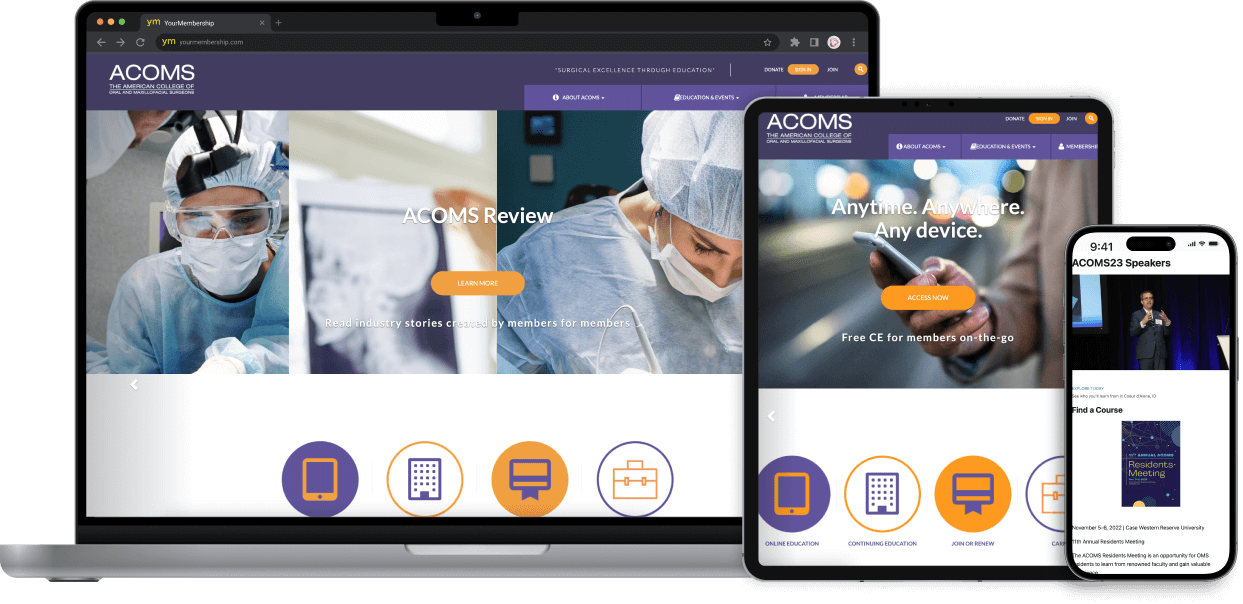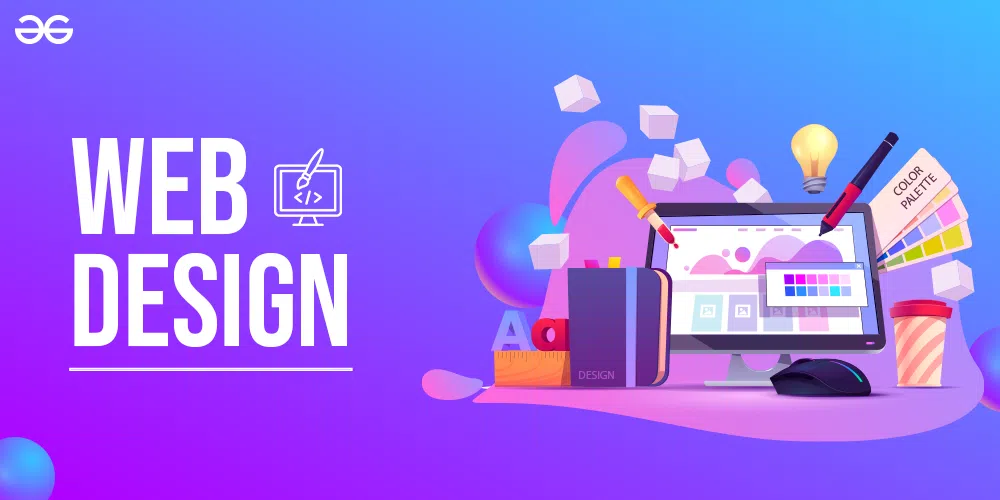Exploring Various Kinds Of Website Design to Boost User Experience
In the ever-evolving digital landscape, the exploration of varied internet style techniques is extremely important for enhancing customer experience. From responsive frameworks that adapt perfectly across devices to minimalist styles that focus on simpleness and clarity, the selections made in website design can exceptionally impact use and involvement. Incorporating interactive aspects additional enhances the user trip, making websites much more vibrant and engaging. Just how do these methods jointly add to a user-centric electronic setting that not only captivates yet likewise preserves customers? The response may lie in the nuanced equilibrium in between visual appeal and functional accessibility.
Responsive Web Style
In an era where electronic intake goes beyond numerous tools, responsive website design has come to be a cornerstone of reliable individual experience. The ubiquity of mobile phones, tablets, and differing screen sizes necessitates websites that adjust effortlessly to any type of screen. Receptive website design (RWD) employs versatile designs, fluid grids, and media inquiries to ensure that internet pages render effectively, supplying optimal use throughout tools. This flexibility not only enhances aesthetic charm but also improves access and navigating, essential for preserving user involvement.
The application of RWD begins with a mobile-first method, prioritizing the tiniest screen size to ensure capability and visual coherence. By using CSS media questions, designers can tailor the web site's look based upon the qualities of each device. This guarantees that pictures range properly, message continues to be legible, and interactive elements are quickly accessible, therefore minimizing the demand for extreme scrolling or resizing.
Moreover, receptive layout contributes to enhanced seo (SEO) by providing a consistent user experience and minimizing bounce rates. Internet search engine prefer mobile-friendly websites, making responsiveness an essential element of electronic approach. In essence, receptive web layout is essential for accommodating varied user interactions, fostering a inclusive and interesting on the internet existence.
Minimalist Layout Approaches
Minimal layout's appeal depends on its capability to distill complicated info right into its most essential components, creating a clean and user-friendly customer experience. By prioritizing simpleness, minimal style removes supplementary information, enabling individuals to concentrate on core web content and capability. This strategy is characterized by sufficient white space, clean lines, and a restricted color combination, all of which add to an aesthetically pleasing and reliable interface.

Furthermore, minimal layout supports quicker packing times, as fewer graphical aspects and reduced material complexity can lower the amount of information required to render a page. This performance not only improves customer contentment but also adds to much better seo (SEARCH ENGINE OPTIMIZATION) rankings. Subsequently, minimal layout is not merely a stylistic selection but a tactical strategy that can dramatically affect user engagement and conversion rates.
Interactive and Dynamic Components
Interactive and vibrant elements are critical in enhancing individual engagement and creating unforgettable internet experiences. These elements include animations, hover impacts, sliders, and real-time updates, which not only record individuals' focus but also help with smooth navigation. By including these functions, designers can change static web pages right check my reference into engaging electronic environments that urge communication and expedition.
Animations, for instance, can lead customers via facility info without overwhelming them, while hover results supply immediate feedback, improving the individual's understanding of clickable locations. Web Design Gauteng. Additionally, sliders allow users to view web content at their very own rate, and real-time updates make sure that details provided is appropriate and present, keeping the customer's passion

User-Centric Layout Strategies
A cornerstone of effective website design is the application of click site user-centric style strategies, which prioritize the needs and preferences of completion customer above all else. By focusing on the customer, designers can create user-friendly, easily accessible, and appealing experiences that enhance satisfaction and drive interaction. User-centric layout involves extensive study to recognize the target market's behaviors, obstacles, and goals. This study is important for creating characters and situations that assist layout decisions, making certain the end product reverberates with customers.
One basic strategy is functionality testing, which includes observing actual customers as they interact with the design. This process recognizes discomfort factors and locations for renovation, permitting developers to refine the user interface iteratively. Integrating comments loopholes and nimble methods additionally makes sure the style evolves abreast with customer assumptions.
In addition, ease of access is a critical component of user-centric style. Ensuring that digital platforms come to all users, including those with disabilities, boosts inclusivity and expands the potential individual base. This can be achieved via compliance with Web Content Availability Guidelines (WCAG) and the thoughtful application of style concepts like contrast, readability, and navigating.
Inevitably, successful user-centric layout fosters a seamless connection between the user and the electronic atmosphere, elevating total user experience.
Applying Latest Layout Fads
In the realm of web layout, staying abreast of the most recent style fads is vital for producing practical and visually engaging user interfaces that mesmerize users. Minimalist design, defined by tidy lines and ample white space, allows customers to concentrate on web content without unnecessary disturbances.

Furthermore, integrating the latest typography fads, such as variable fonts, provides versatility and adaptability throughout various tools and screen dimensions, making certain consistency in user experience. Ultimately, dark setting designs have obtained popularity due to their aesthetic charm and energy efficiency on OLED displays. By tactically applying these patterns, web developers can develop user-friendly and cutting-edge web sites that resonate with contemporary audiences.
Conclusion
An extensive expedition of numerous website design methods is necessary for boosting user experience. By incorporating receptive style, minimalist methods, and interactive aspects, internet sites can make certain ideal functionality and visual charm throughout diverse gadgets. Emphasizing user-centric methods warranties access and involvement, while including the most recent layout trends fosters a captivating on-line setting. Ultimately, a educated and well balanced approach to web design dramatically boosts customer fulfillment and interaction, resulting in improved overall web site performance and success.
In the ever-evolving digital landscape, the expedition of diverse internet layout approaches is extremely important for improving company website individual experience.A cornerstone of effective web design is the implementation of user-centric design strategies, which prioritize the requirements and preferences of the end user above all else. Guaranteeing that electronic platforms are easily accessible to all customers, consisting of those with specials needs, improves inclusivity and widens the prospective user base.In the world of web layout, staying abreast of the most current design patterns is vital for producing visually engaging and practical user interfaces that astound customers (Web Design Gauteng).An extensive expedition of various web design methods is important for boosting individual experience